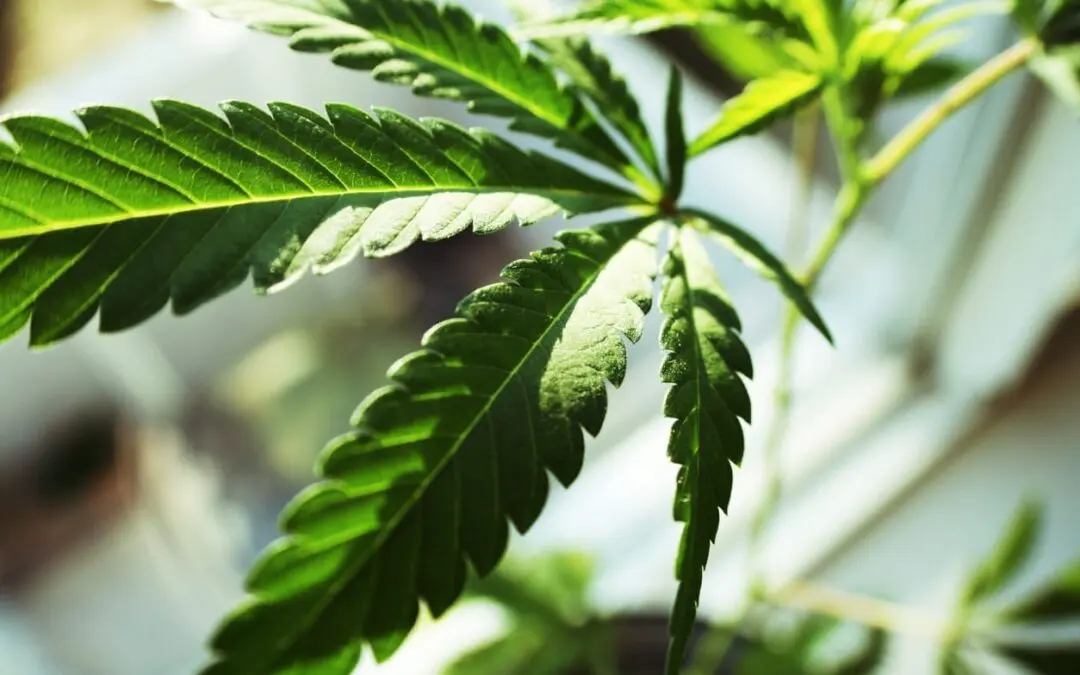Position Statement on the Recreational Use of Marijuana
Approved by: LRADAC Board of Directors
Effective date: March 28, 2018
Written by: Lexington/Richland Alcohol and Drug Abuse Council (LRADAC)
Click here to download a PDF version.
Purpose
The purpose of this statement is to articulate LRADAC’s stance against recreational marijuana. This position statement speaks only to the use of marijuana.
Summary
LRADAC, the designated alcohol and drug abuse authority for Lexington and Richland Counties (South Carolina), does not support the use of marijuana for recreational purposes. Recreational cultivation, sale, and possession of marijuana remains illegal in 41 states and is prohibited under federal law.
Background
In June 2017, U.S. retail marijuana sales were predicted to reach $6 billion (1). By December, retail sales amounted to $10 billion and are expected to continue rising. Despite its exponential growth and attraction of investment dollars, the federal government remains steadfast in its stance of marijuana being illegal and classified as a Schedule I drug (2). A Schedule I drug classification renders marijuana as having no recognized medical benefits and high potential for abuse.
Change in public perception is at the epicenter of marijuana legalization, expansion, and access. This shift in public perception combined with heightened legalization efforts create new challenges for law enforcement and public safety (3) and have demonstrated negative consequences of short-term and long-term recreational use among youth and adults (6).
Justification
- Marijuana impairs judgment, motor coordination, and reaction time (3). According to the National Institutes of Health (NIH), several studies have found a direct correlation between blood THC concentration and impaired driving ability (4). Marijuana users are 25%more likely to be involved in a car crash than drivers with no evidence of marijuana use (4). In addressing this public safety concern, law enforcement will be challenged with creating new enforcement measures such as establishing a blood level of THC for driving while impaired, assuming costs associated with training personnel on testing technology and administration, and developing new policies and procedures, which will require coordination with medical personnel for on-site testing (5).
- Marijuana is the most commonly used illicit drug among adolescents and it poses significant health risks to them (6). The 2015 Youth Risk Behavioral Survey (YRBS) data shows that 38.6% of surveyed U.S. high school students reported using marijuana during their lifetime. This same survey also reports South Carolina high school students in close comparison with the national average at 34.5% (7). Moreover, early initiation of substance use increases the likelihood of a substance use disorder, such as dependence or addiction (6). Nine percent of people who use marijuana will become dependent on it, rising to 17 percent in those who begin using marijuana in their teens (8).
- As more communities legalize marijuana, public health agencies will not be positioned to provide critical guidance regarding the health ramifications of newly developed laws and policies. This is especially true when considering the traditional role of public health in monitoring community health, preventing health loss, diagnosing and investigating health hazards, informing and developing policies, enforcing laws, assuring a competent workforce, referring to and providing care, and educating with the ultimate goal of empowering communities (9).
Recommendation
The very act of legalizing recreational marijuana sends a message that it is safe and acceptable. In doing so, it directly places our law enforcement, public safety, youth, and community in jeopardy. Monetary gains supported through retail sales of marijuana should not dictate or take on a position to leverage the health, quality of life, and well-being of the public. LRADAC recommends ongoing and comprehensive research-based prevention and treatment education for the public and key stakeholders to help garner a community consensus and a state free from normalizing the perception of harm and use of recreational marijuana.[vc_separator]References:
- Marijuana Business Daily. Marijuana Business Factbook 2017. Available at https://mjbizdaily.com/bizbooks/download/4068766/Factbook2017.pdf. Accessed February 26, 2018.
- U.S. Department of Justice. Drug Enforcement Program. Drug Scheduling. 2018. Available at: https://www.dea.gov/druginfo/ds.shtml. Accessed February 22, 2018.
- Centers for Disease Control and Prevention. Impaired Driving: Get the Facts. 2017. https://www.cdc.gov/motorvehiclesafety/impaired_driving/impaired-drv_factsheet.html. Accessed February 28, 2018.
- National Institutes of Health, National Institute on Drug Abuse. Does marijuana use affect driving? 2018. Available at: https://www.drugabuse.gov/publications/research-reports/marijuana/does-marijuana-use-affect-driving. Access February 28, 2018.
- Police Foundation. Colorado’s Legalization of Marijuana and the Impact on Public Safety: A Practice Guide for Law Enforcement. Available at:https://www.nccpsafety.org/wp-content/files/library/Legalized_Marijuana_Practical_Guide_for_Law_Enforcement.pdf. Accessed February 22, 2018.
- Pediatrics. The Impact of Marijuana Policies on Youth: Clinical, Research, and Legal Update. March 15, 2015. Available at:http://pediatrics.aappublications.org/content/pediatrics/135/3/e769.full.pdf. Accessed February 28, 2018.
- Centers for Disease Control and Prevention. Youth Risk Behavioral Survey Results. 2015. Available at: https://www.cdc.gov/healthyyouth/data/yrbs/results.htm. Accessed on March 1, 2018.
- National Institutes of Health, National Institute on Drug Abuse. Is marijuana addictive? 2018. Available at: https://www.drugabuse.gov/publications/research-reports/marijuana/marijuana-addictive. Accessed on March 1, 2018.
- Centers for Disease Control and Prevention. The Public Health System and the 10 Essential Public Health Services. September 20, 2017. Available at https://www.cdc.gov/stltpublichealth/publichealthservices/essentialhealthservices.html. Accessed February 26, 2018.

